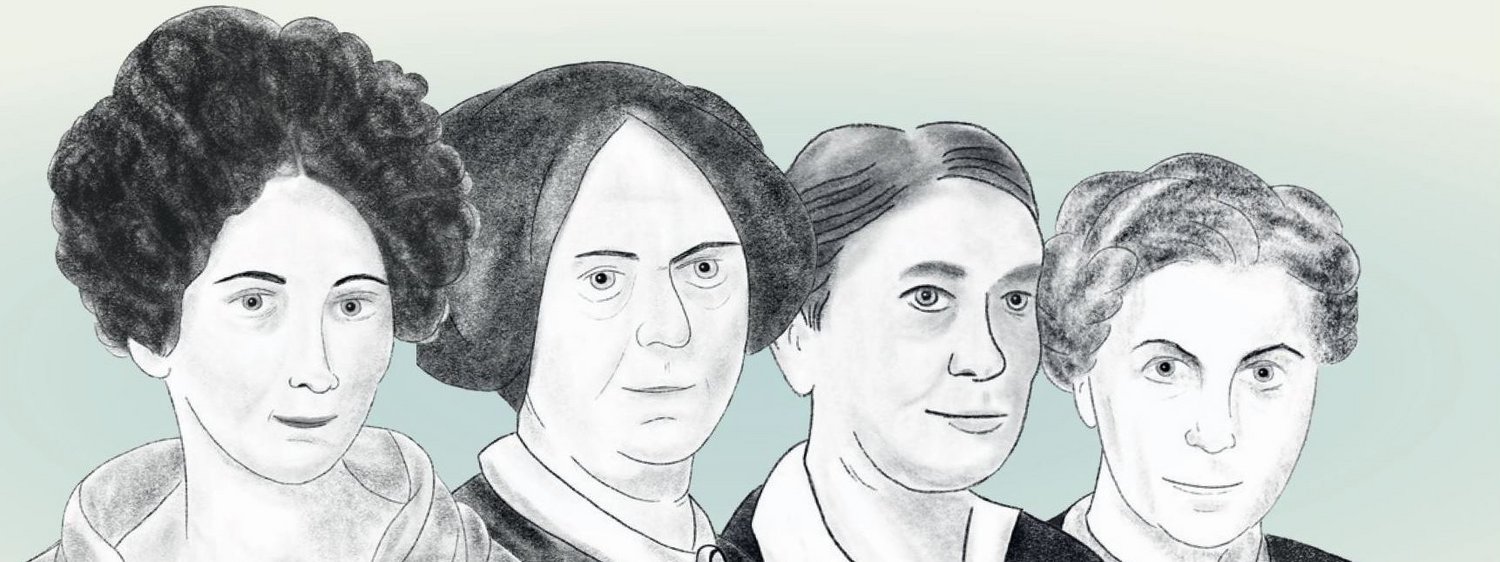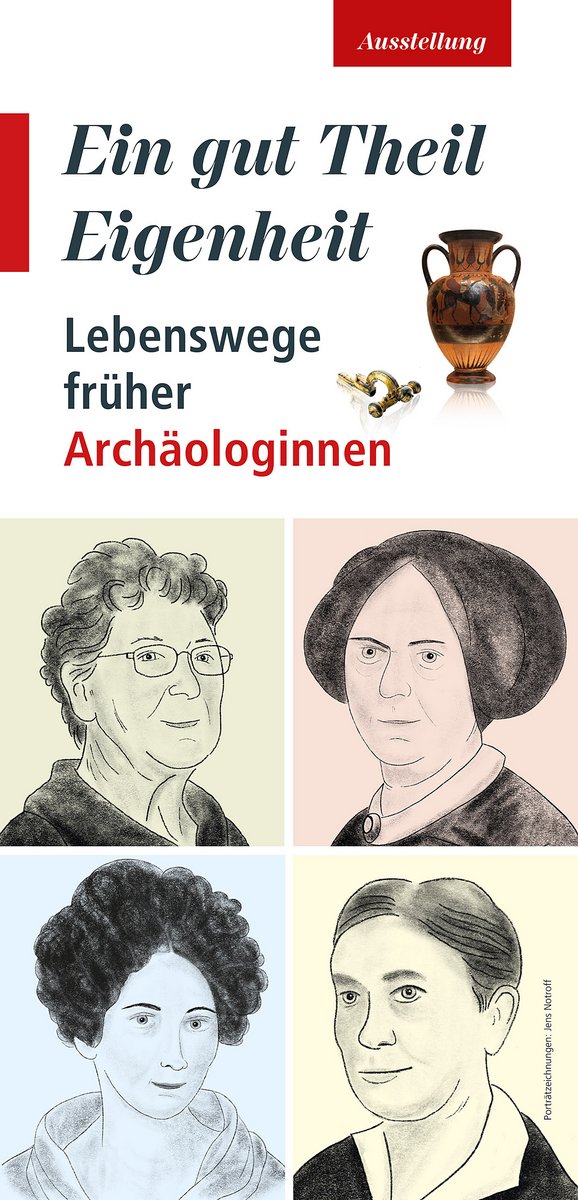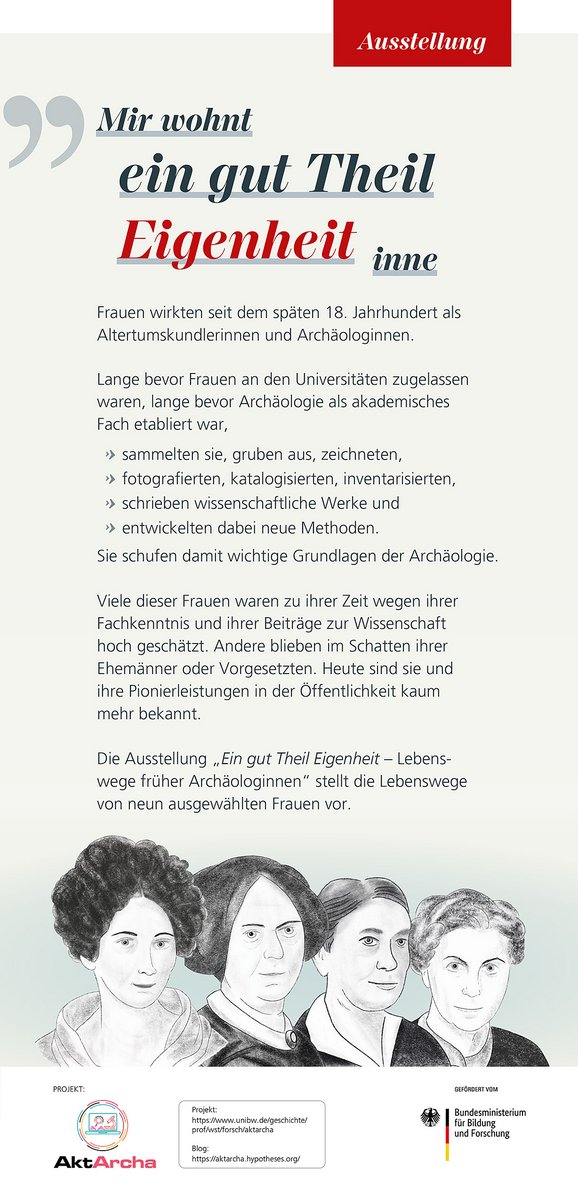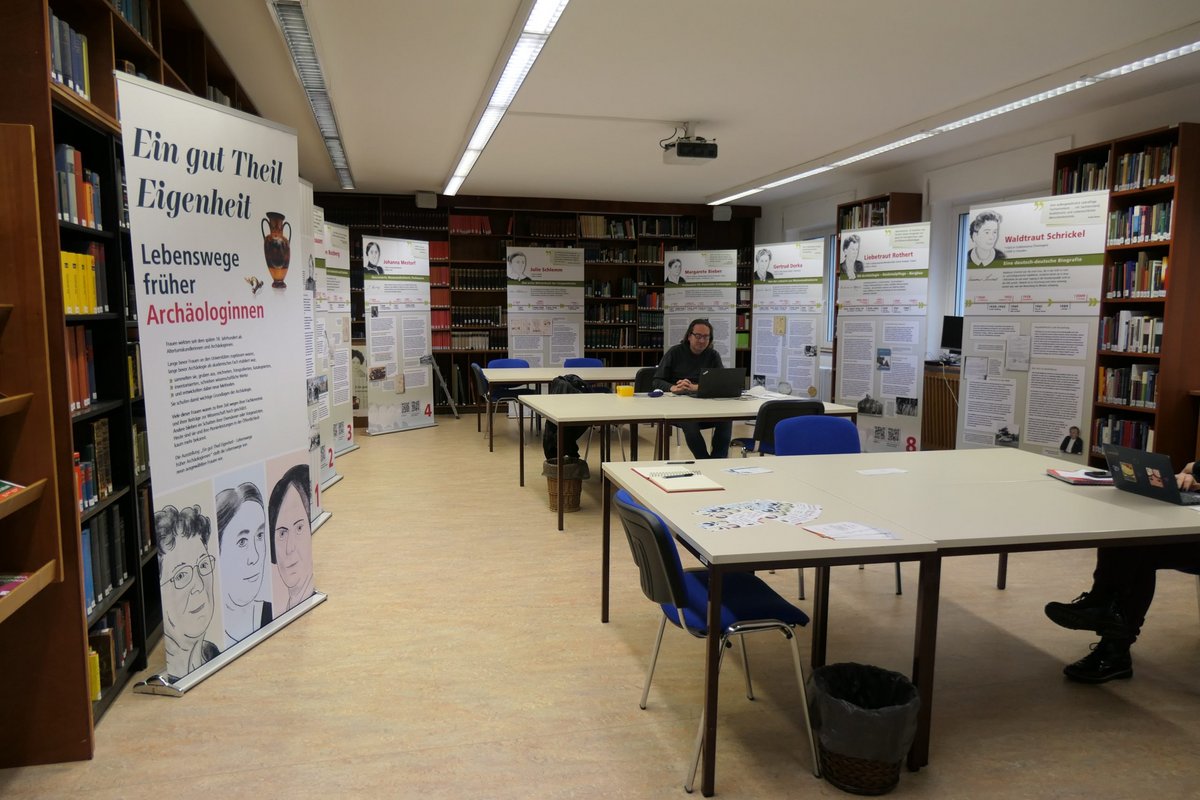The traveling exhibition “A Good Measure of Individuality: The Lives of Early Femal“
They worked as antiquarians and archaeologists from the late 18th century onwards – long before women were allowed to study at universities and archaeology became established as an academic subject. However, if one follows most popular accounts, the history of archaeological research seems to have been shaped solely by men. Women working in archaeology in earlier times are hardly noticed. Some of them, such as Sybille Mertens-Schaaffhausen (1797-1857), Johanna Mestorf (1828-1909), and Ida von Boxberg (1806-1893), were highly regarded in their day. Their studies and collections were respected. They were part of the scientific community.
The Berlin autodidact Julie Schlemm (1850-1944), for example, single-handedly wrote the “Dictionary of Prehistory” in 1908, an encyclopedic collection of objects and finds, mainly from Central European archaeology, which was almost 700 pages long and contained 2,000 illustrations. However, she was completely forgotten because she never held an official position at a university or museum. Unlike the professors of her time, she was unable to establish her own tradition of research approaches and train young academics who would later keep her memory alive. The mobile exhibition “Ein gut Theil Eigenheit – Lebenswege früher Archäologinnen” (A Good Deal of Individuality – The Lives of Early Female Archaeologists) now follows in her footsteps and presents her alongside eight other selected women.
The exhibition was created as part of the project “AktArcha – Women in Archaeological Research between the Humanities and Natural Sciences: in the Field, in the Laboratory, at the Desk.” It is being carried out at the Historical Institute of the University of the Federal Armed Forces by PD Dr. phil. Elsbeth Bösl and PD Dr. phil. Doris Gutsmiedl-Schümann MHEd. AktArcha researches the biographies of female archaeologists and their contributions to the development of the discipline from the late 18th to the 21st century in German-speaking countries, combining the perspectives and methods of archaeological gender research and the history of science with the possibilities of digital humanities.
Doris Gutsmiedl-Schümann is a prehistoric archaeologist whose research focuses on early medieval archaeology, gender archaeology, and science communication. Elsbeth Bösl is a historian of science and technology with a focus on gender history and disability history. Together, they are working to raise the visibility of women and their research achievements in German-speaking archaeology. Their project is funded by the BMBF funding line “Strategies for Achieving Equal Opportunities for Women in Education – Focus on Innovative Women.” With this funding line, the BMBF aims to increase the visibility of women, their achievements, and their potential for the culture of innovation in Germany, thereby promoting gender-equitable participation of women in all scientific fields and branches of research, in science communication, and in knowledge-led social discourse. Girls and young women are to be encouraged by visible role models to have the confidence to pursue a degree and a subsequent career in the aforementioned fields. The AktArcha project takes a historical approach to the topic of the funding line..
Historical examples and knowledge about the past can help develop an understanding of which structures or policies can contribute to greater equality, justice, and appreciation. That is why the exhibition is aimed particularly at students and young people, with the aim of presenting them with possible role models and providing inspiration for their career choices. The examples presented can also provide guidance for leaders on how to make the world of work more diverse and inclusive, not only in archaeology.
The AktArcha project takes a critical approach to its research subject; after all, the aim is not to tell simple heroine stories, but to explicitly address failures, mistakes, and transgressions. In particular, the involvement of female scientists in the dictatorships of the 20th century is made clear.
AktArcha has researched several hundred biographies to date: of professors and amateur archaeologists, restorers and museum employees, curators and taxidermists, editors and archaeological conservators, and many more. The concept of archaeological work is therefore broad and does not only refer to field archaeology, which is often the focus of public perception.
In addition to biographical research, the AktArcha team examines gender as a knowledge-guiding category in the history of science and as a subject of archaeological research. The aim is to find out how political and cultural conditions, professional and personal networks, and developments in related sciences have influenced the opportunities and paths open to women in archaeology.
AktArcha communicates the research results in a variety of ways. An important element is a traveling exhibition created by Dr. Michaela Helmbrecht (archäotext) and designed by Tanja Jentsch (7Silben). Here, nine early female archaeologists, their work, and their biographies are presented in detail. Additional digital material and audio files supplement the printed roll-ups. A digital version of the exhibition in a 3D environment will follow shortly.
The findings on the individual women, their networks, and relationships are entered into the freely accessible biographical information system Propylaeum Vitae. Here, AktArcha cooperates closely with the Roman-Germanic Commission of the DAI, the Heidelberg University Library, and the Roman-Germanic Central Museum in Mainz.
The RGK, in particular Dr. Kerstin Hofmann, was heavily involved in the initiation of the project and the application process. AktArcha is working closely with the Archive and Library Department, Sandra Schröer MA, and Dr. Gabriele Rasbach on the research and creation of the exhibition. Thanks to this collaboration, AktArcha has excellent access to the RGK's archive and library.
The RGK has now invited the project team to show the exhibition at its premises on Palmengartenstraße in Frankfurt am Main until December 16.
Flyer zur Wander-Posterausstellung © AktArcha// AktArcha
Flyer zur Wander-Posterausstellung © AktArcha// AktArcha
Blick in den Lesesaal der RGK mit der Posterausstellung "'Ein gut Theil Eigenheit' - Lebenswege früher Archäologinnen © DAI + RGK// Foto: Kerstin Brose (RGK).
Sandra Schröer and Gabriele Rasbach (both RGK) also researched a woman's biography closely related to the RGK as part of the exhibition at the RGK: Maria Radnoti-Alföldi (1926-2022), a German provincial Roman archaeologist and numismatist of Hungarian origin. She was the first female member of the commission and is presented as “The Ambassador” in the exhibition.
The poster exhibition can be visited until December 16, 2022, during the RGK's opening hours by registering at ausstellung.rgk@dainst.de.
We look forward to your visit!
